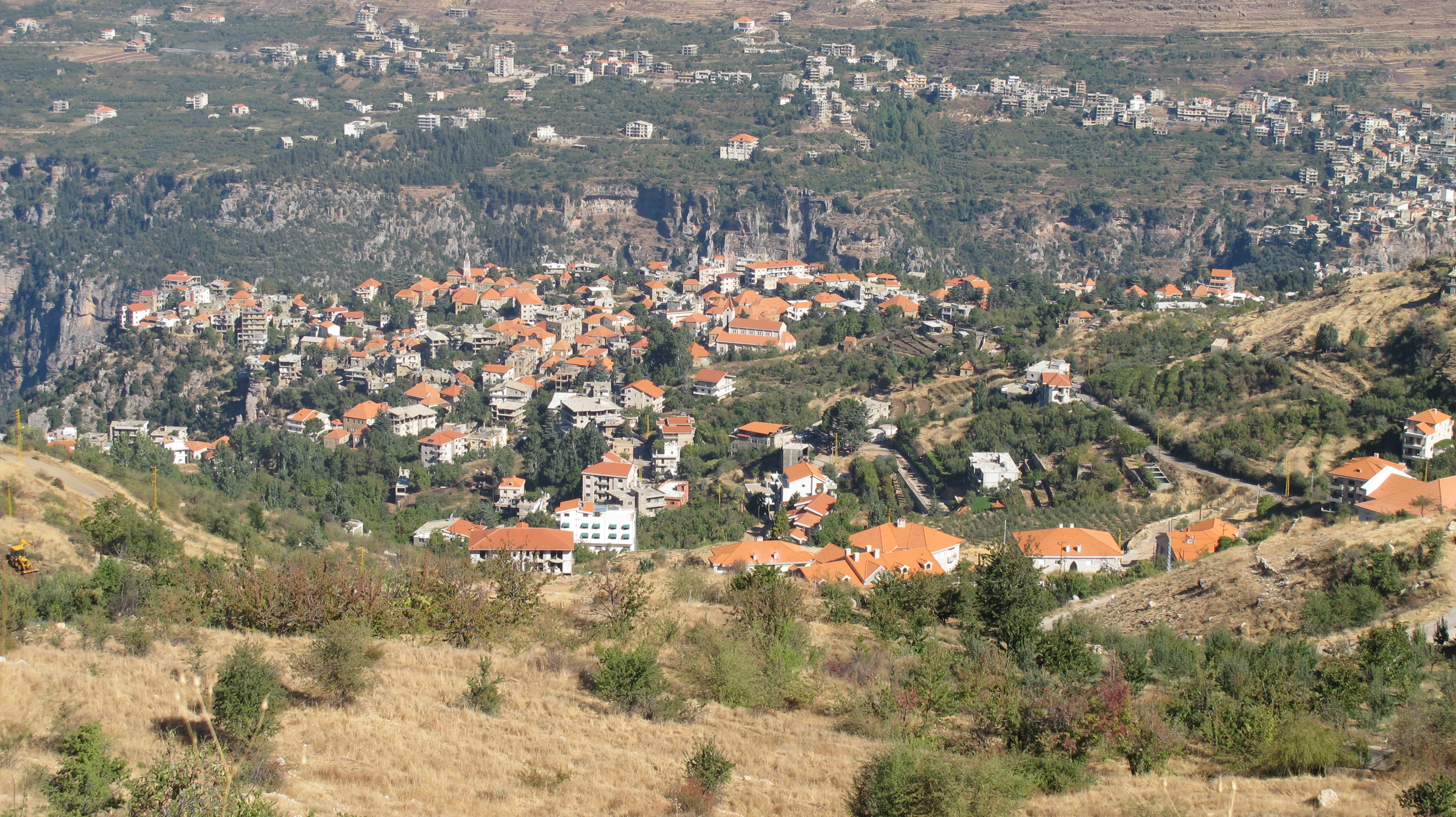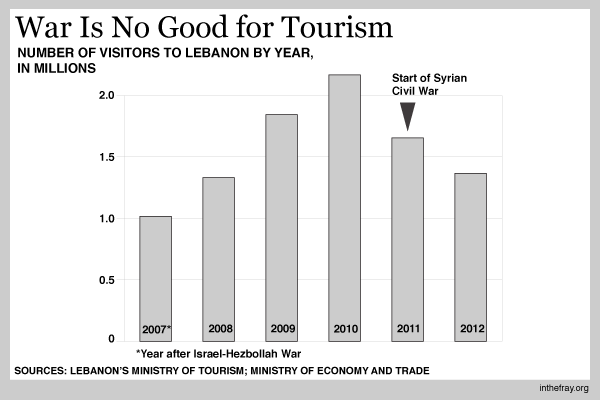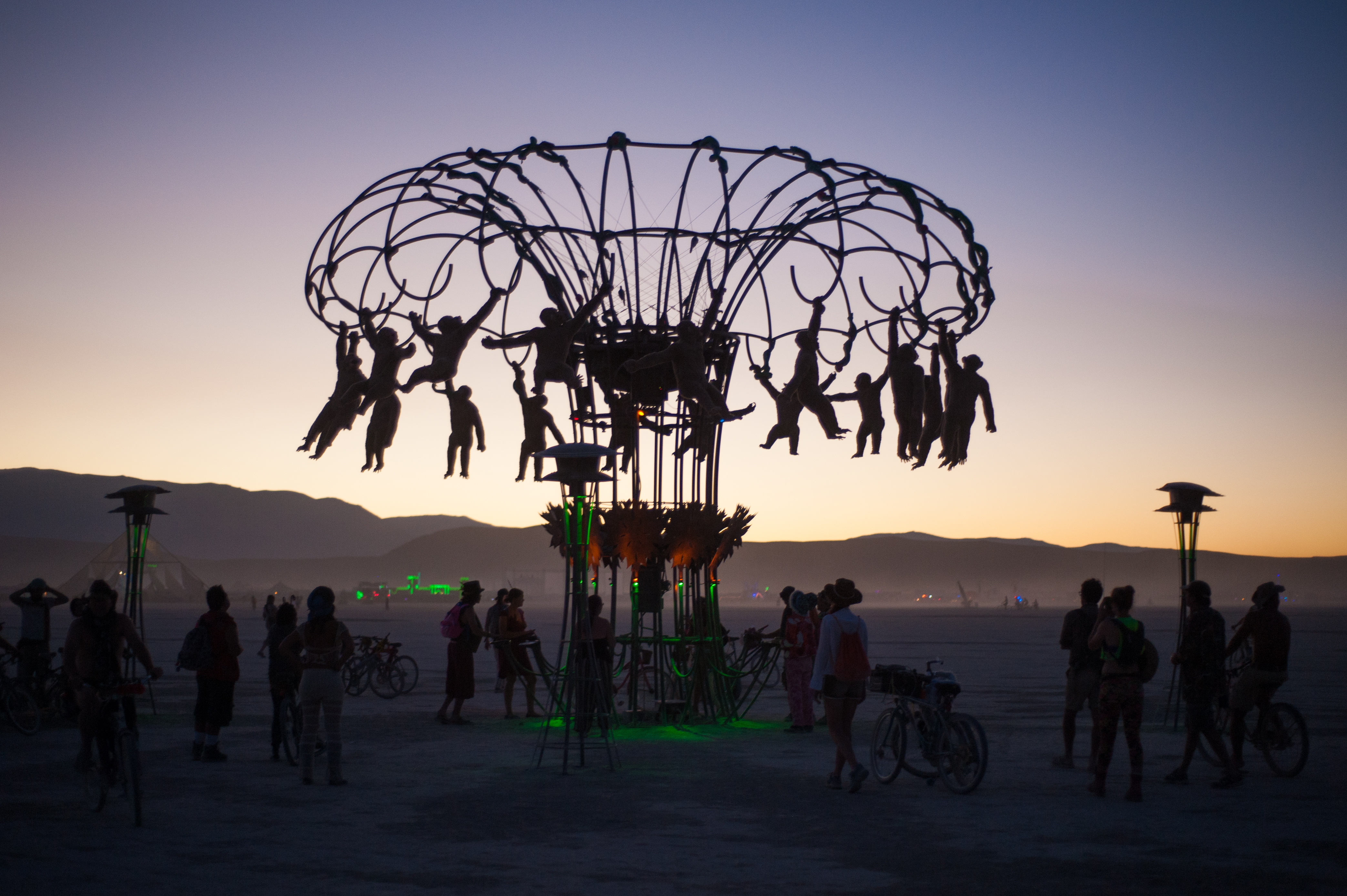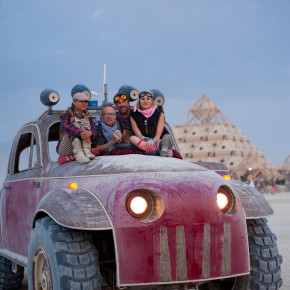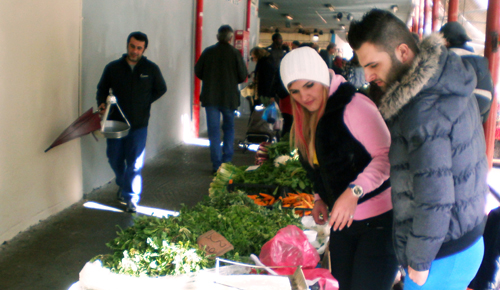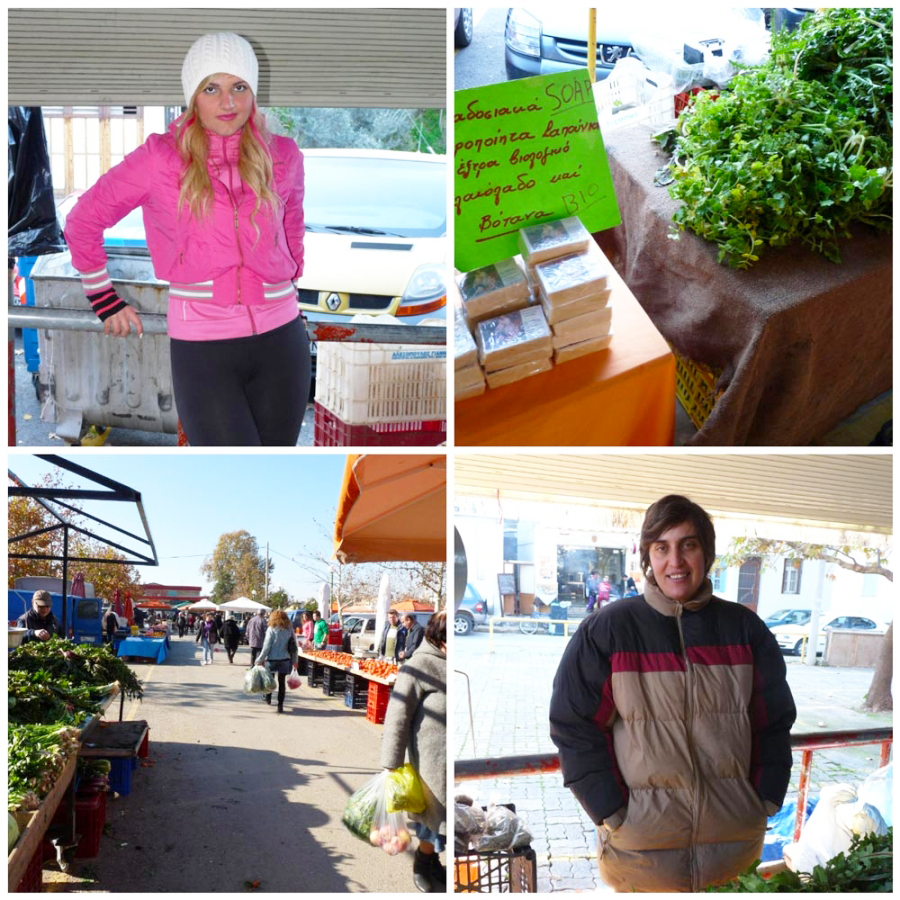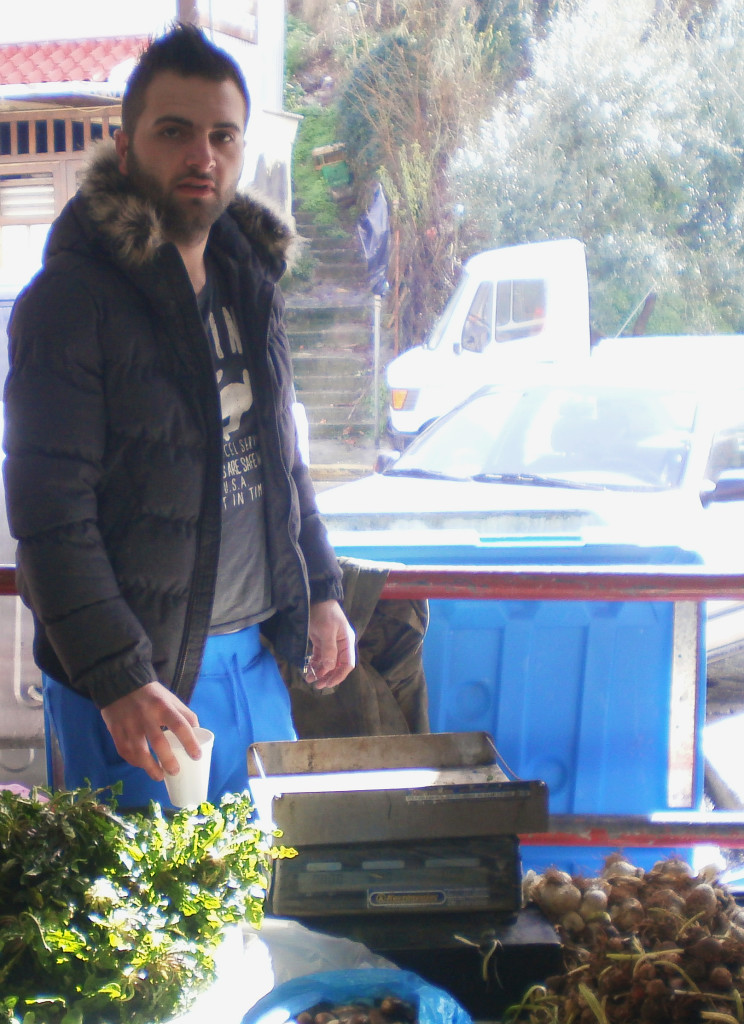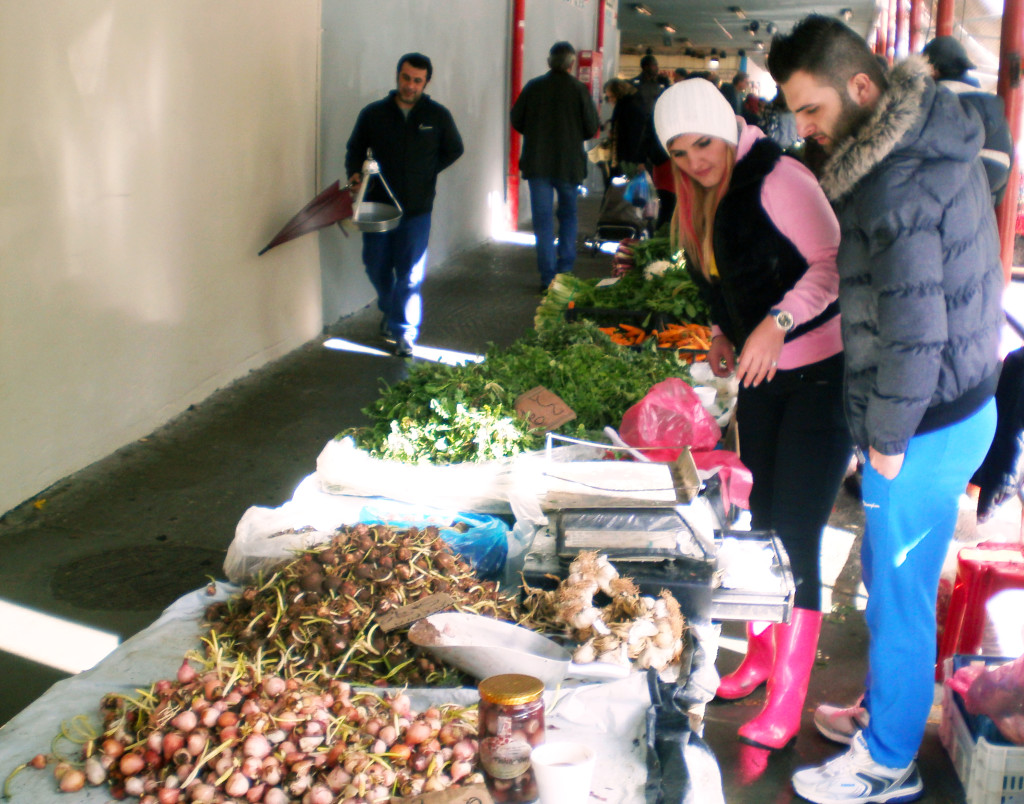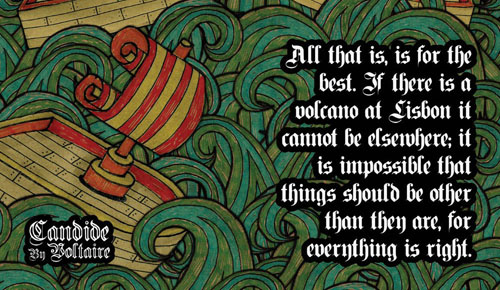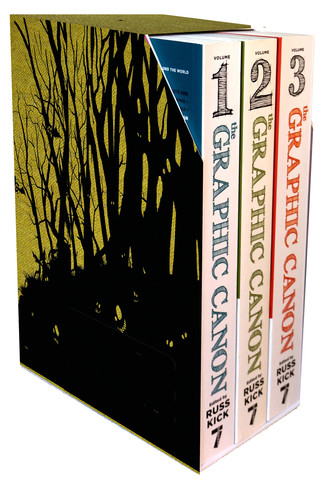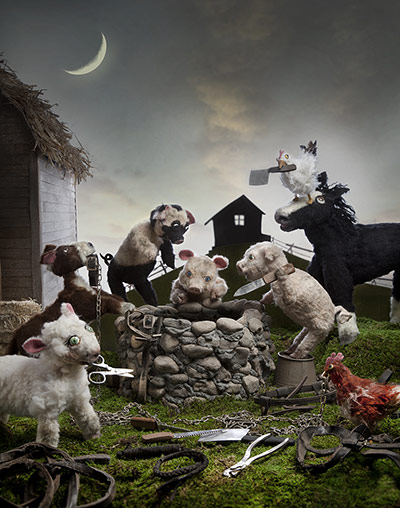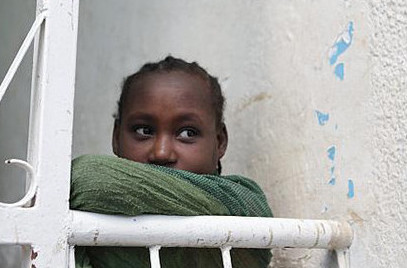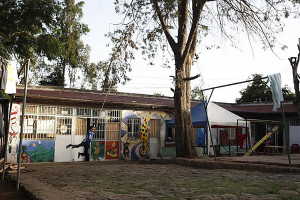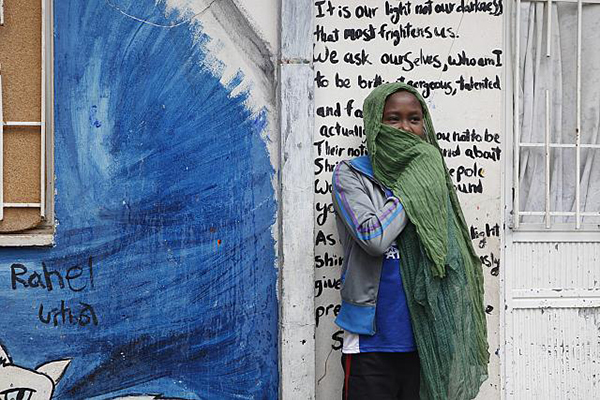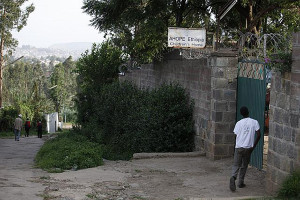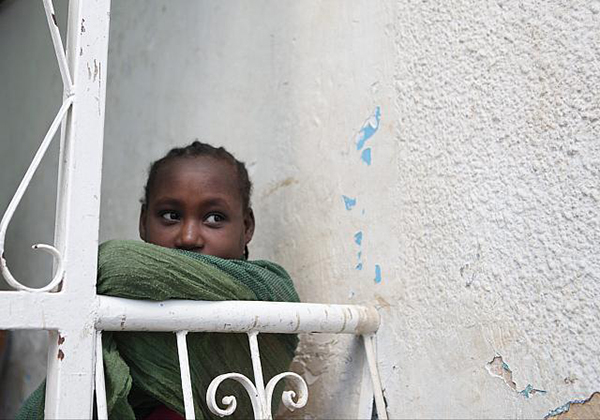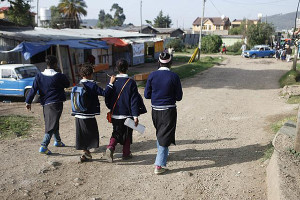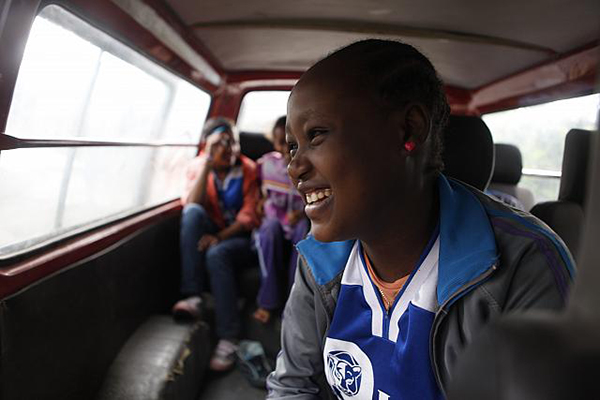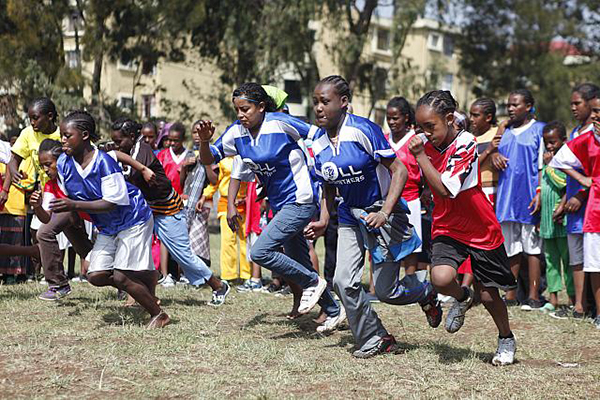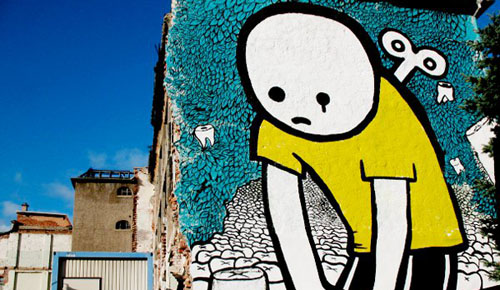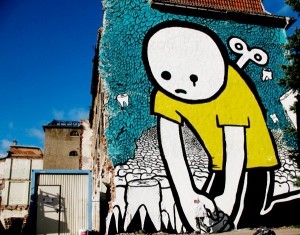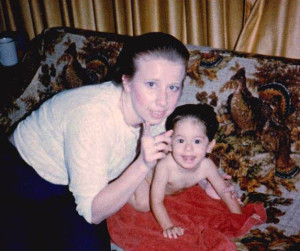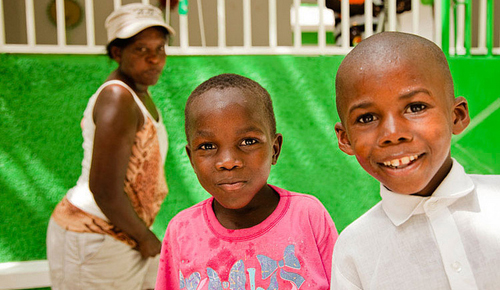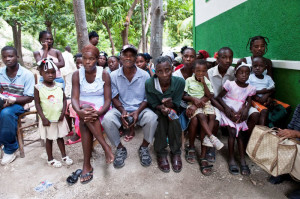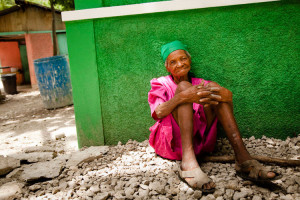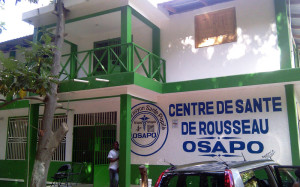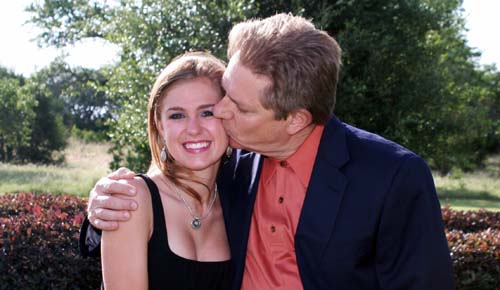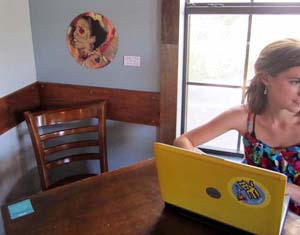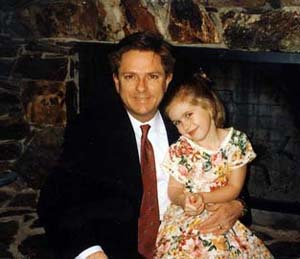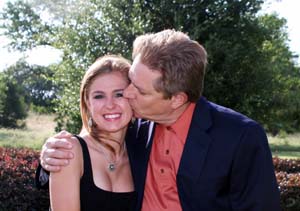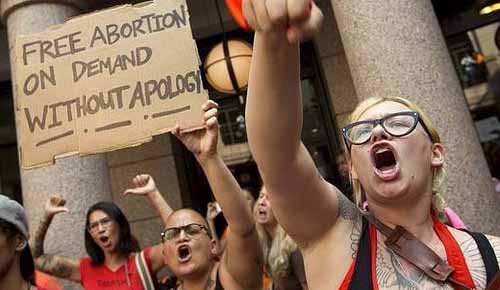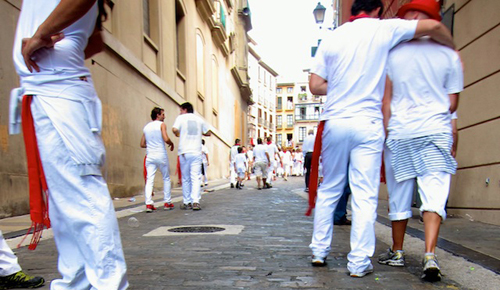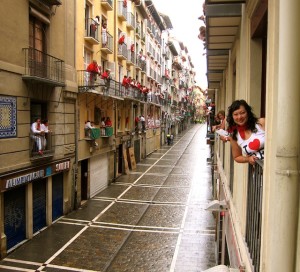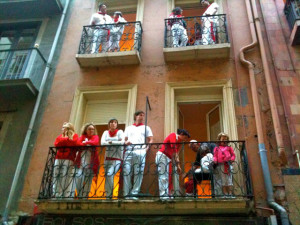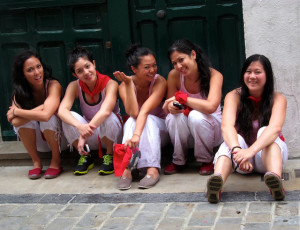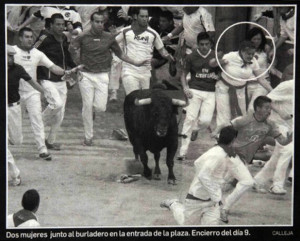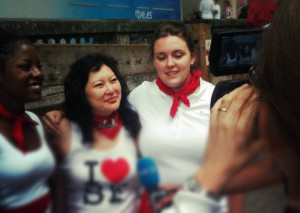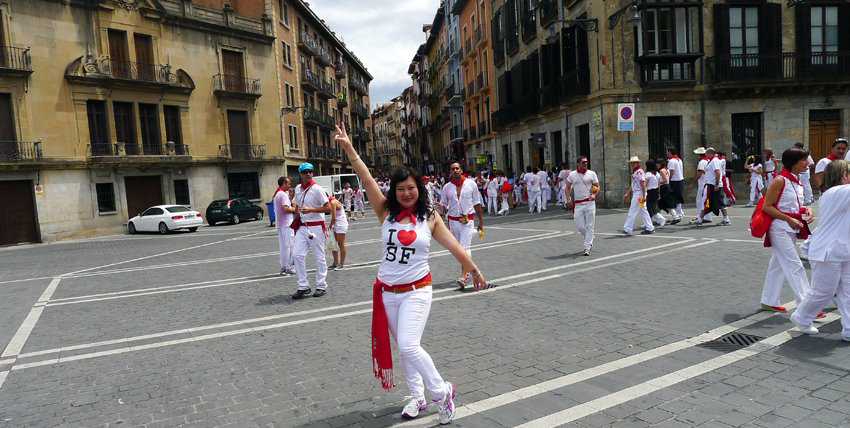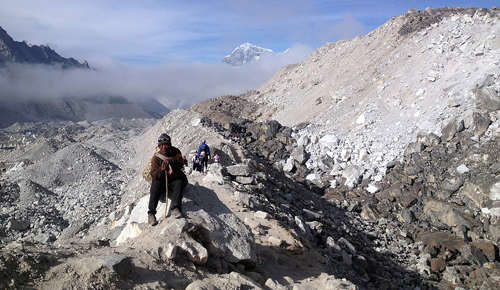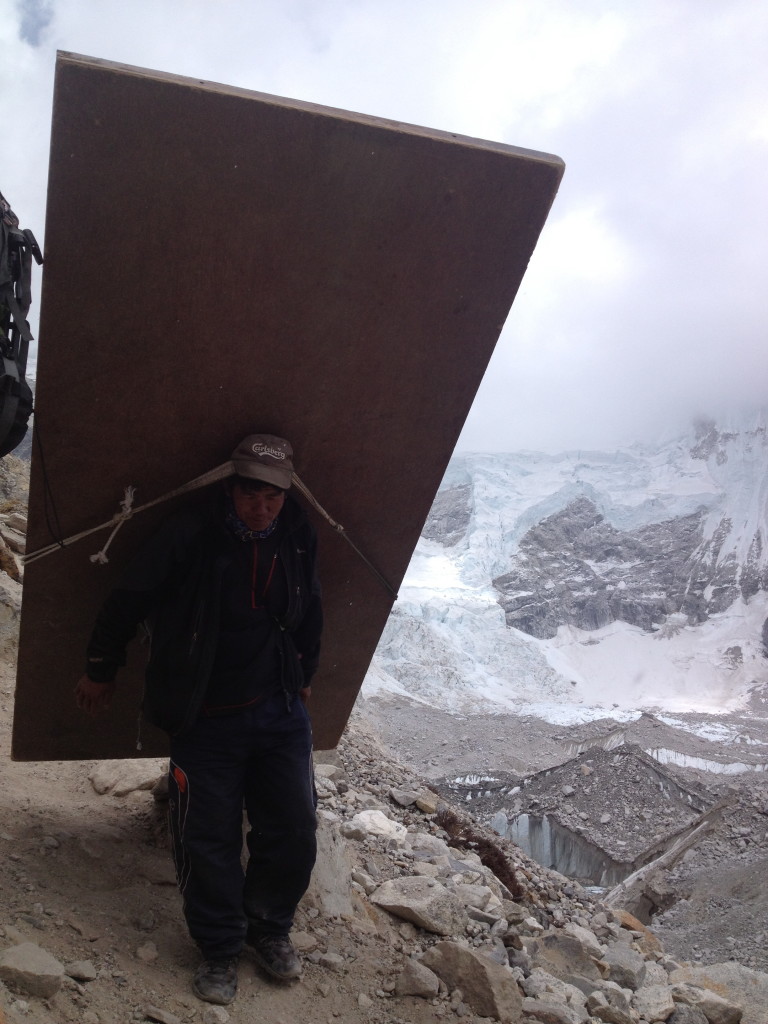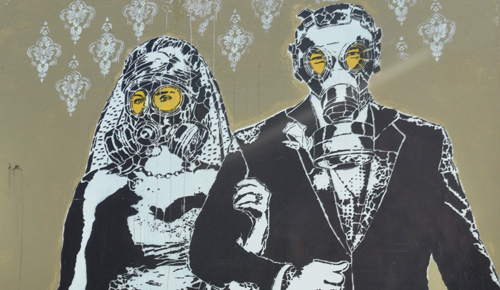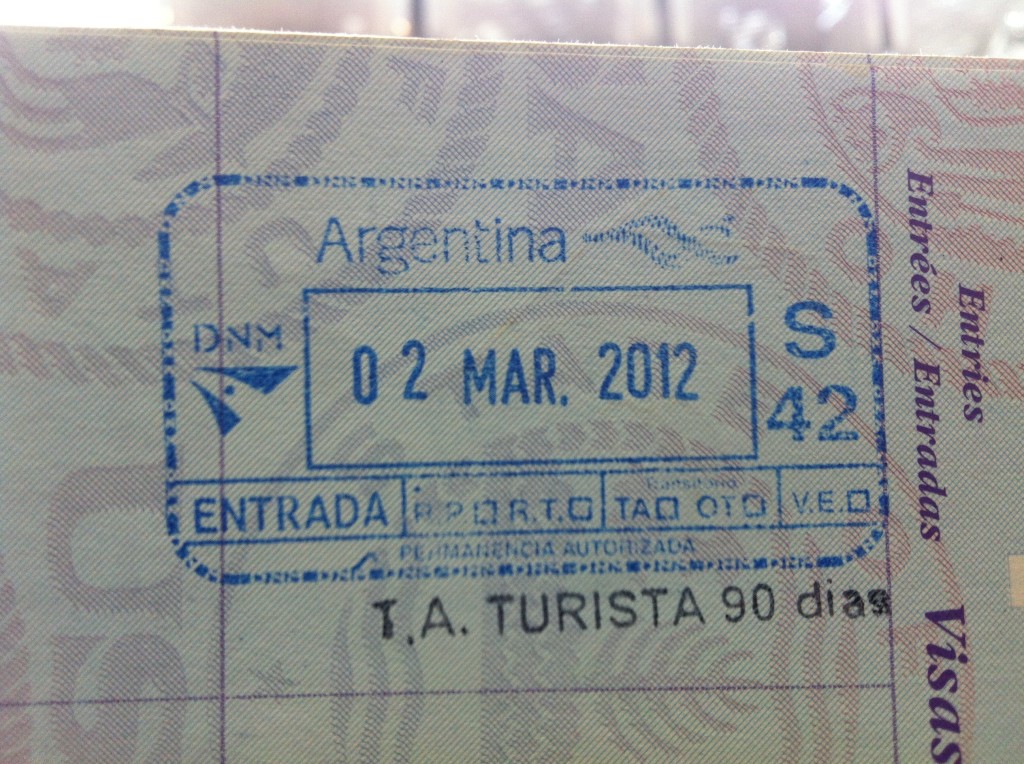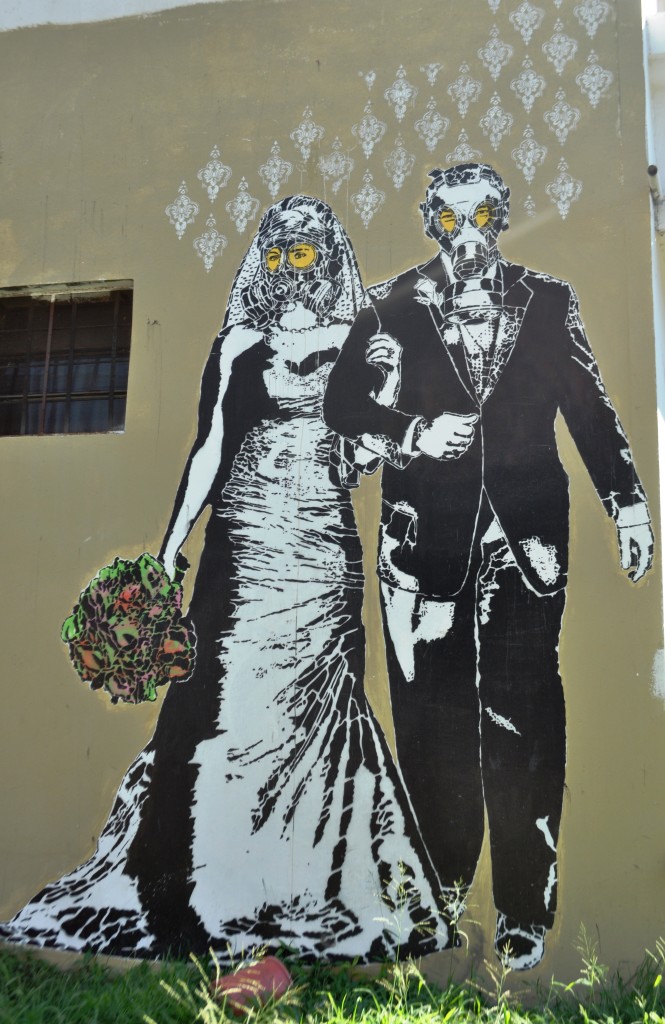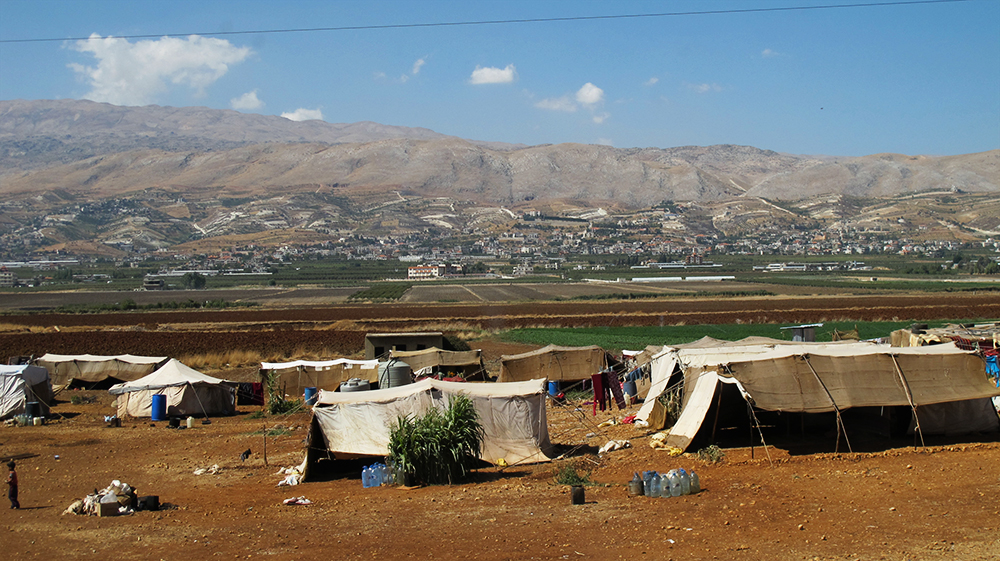
Please, please, please cancel your ticket. It doesn’t matter how much it costs,” implored the beefy man serving our table at a local Lebanese restaurant in Hong Kong. “If you want to eat Lebanese food, just come here.”
I had just told him I was embarking on a two-week trip to his native country at the end of September — a revelation that seemed to have triggered in him the beginnings of a heart attack.
“But I want to go to Lebanon,” I said.
“There are snipers!” he insisted, aghast.
“What snipers?” I asked.
“Hezbollah! My friend in Byblos is afraid to leave his house!” I also risked being kidnapped by desperate Syrian refugees, he warned.
The next day, I woke up to reports that the US State Department had ordered its nonessential diplomats to evacuate Lebanon. The Obama administration and Congress were weighing punitive military strikes on neighboring Syria for using chemical weapons. The US had already slapped the country with an “avoid all nonessential travel” warning, which was later upgraded to “avoid all travel.” In the Lebanon sections of online travel forums, numerous threads were devoted to variations of the same question: “Is it safe to visit?”
I wondered if I was being reckless, but I was committed to my trip — not only financially, but emotionally. I had lived and traveled widely in North America, Europe, and Asia, but I had never visited the Middle East. Now in my late twenties, I thought it was time to change that. Surely, there had to be more to the Middle East than the dominant narrative in news reports of a dangerous, war-torn region, ridden with sectarian conflict, a bomb or bullet just around the corner.
With only two weeks of vacation, I thought visiting Lebanon, a relatively small country, would give me the chance to see a lot. I also felt a certain affinity for Lebanon that I didn’t for other places in the Middle East. Perhaps it had started with the delicious moudardara I’d discovered a decade ago in Toronto. I wanted to experience a culture celebrated for its sophistication, and see its storied capital, Beirut.
Lebanon has not shaken the violent image it acquired from its bloody 1975-1990 civil war between Christian and Muslim militias, which drew in various outside groups, including the armed forces of Israel and Syria. More recently, Beirut was devastated by a month-long war in 2006 between Lebanon’s Shia militant group Hezbollah and the Israeli military.
Tourism had recovered quickly in the years after the Israel-Hezbollah War, reaching a peak of more than two million visitors in 2010, according to the ministry of tourism. The New York Times hailed Beirut as one of the top places to visit in the world: “The capital of Lebanon is poised to reclaim its title as the Paris of the Middle East.” Yet 2011 brought another calamity: the civil war in Syria, a country that shares deep ties and a porous border with Lebanon. The number of visitors has since plummeted — and was falling further when I arrived last September.
I knew from news reports that the Syrian civil war had spilled over into Lebanon, in the form of hundreds of thousands of refugees and bombs targeting both the pro-Syria Hezbollah movement and its critics. (The internal situation in Lebanon has long been influenced by its neighbor: Syrian armed forces occupied Lebanon during and after its civil war, and were only ousted by the Cedar Revolution triggered by the assassination of former Lebanese prime minister Rafik Hariri in 2005.) I had an eye out for all these dangers.
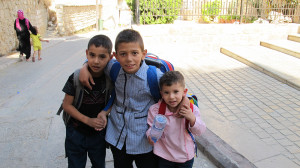
But I ended up not thinking as much about my personal safety as I’d thought I would. I found myself dwelling instead on the beauty around me. I immediately fell in love with the country’s signature palette of colors. Verdant fields carpeted the Bekaa Valley that borders Syria, brimming with apples, wine grapes, and cannabis. Majestic homes constructed with yellow-white stones gleamed in the affluent south-central village of Deir el Qamar. Sun-faded red roofs dotted the rugged mountains of the Qadisha Valley, a UNESCO World Heritage Site.
Most striking was Lebanon’s gorgeous shade of blue. I saw it time and time again in the Mediterranean Sea, most memorably from my hotel balcony in the venerable port city of Byblos, where the waters shimmered brilliantly in the sunlight, the shore silent except for the crashing of the waves. I saw it in the sky, too — during my trip to the Roman ruins of the eastern city of Baalbek, it was the glorious backdrop to the six restored pillars of the Temple of Jupiter. There I sat down on a rock and savored the view.
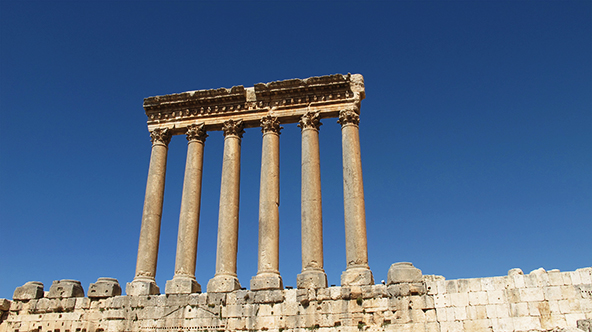
Reputed to be a Hezbollah stronghold, Baalbek was singled out for an “avoid all travel” warning in advisories issued by the UK and Canada. But I did not run into problems there or anywhere else along the clockwise loop I made around Lebanon. In fact, aside from clusters of soldiers outfitted in berets and camouflage in some parts of the country — most visibly in downtown Beirut, the Bekaa Valley, and the southern coastal city of Tyre — nothing I saw on my trip suggested that Lebanon was facing any kind of threat.
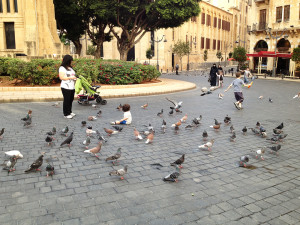
In Beirut, life seemed to go on as usual. Children played with toys around the clock tower in the Place de l’Étoile downtown. Joggers lined the Corniche waterfront promenade. The fashionable set congregated at cafes along Zaitunay Bay. Students, with their arms wrapped around textbooks, strolled along the streets near the American University of Beirut campus.
Even the security checkpoints set up throughout the Bekaa Valley were essentially speed bumps: soldiers usually waved my driver past without a word. I had to show my passport only once.
I was surprised to be the only traveler at most of the major tourist attractions I visited and the homestays and hotels where I roomed. I enjoyed having museums, ancient ruins, and wineries all to myself, but it was sobering to think what the deserted places meant for the many people whose livelihoods depended on tourism. Following a huge drop in visitors during the summer season, hotels in the Beirut area laid off a quarter of their employees last year, the As-Safir newspaper reported. Seasonal hotel workers were hit even harder, with more than 70 percent of them — 14,000 people, most of them college students — losing their jobs.
In the eastern town of Zahlé, along the famous Berdawni Valley strip, strings of lights twinkled in vain, the many outdoor cafés bereft of diners and full of idle waiters in bow ties. As I ate breakfast alone at my hotel, the staff dutifully laid out silverware at the dozens of empty tables in the restaurant, their labor an empty exercise.
As I traveled around Lebanon, I unwittingly became a celebrity of sorts, drawing surprise and appreciation from locals baffled as to why a young Chinese woman would choose to visit at this time — let alone on her own. People would often go out of their way to help me, eager to make sure I had a pleasant experience in their country.
“Thank you for visiting Lebanon. Thank you for visiting our museum,” the curator of the Beirut National Museum said to me. The staff had referred me to her when I asked in English for directions to my next destination. She was shocked to learn I was visiting the country for fun and didn’t know a single person. She insisted on walking out with me to help me flag a shared taxi. “I don’t want you to have a bad experience and get ripped off,” she explained, proceeding to give the driver stern instructions in Arabic.
On a couple occasions, complete strangers went out of their way to drive me around. When I walked into a donut shop in Beirut asking for directions, a friendly university student offered me a ride home in her car. We ended up meeting for dinner a few days later, both of us eager to swap thoughts and impressions about Lebanon. Later on, I found myself in a teeming crowd at the headquarters of a cell-phone service provider, waiting to register my phone for a local SIM card but utterly confused about what I needed to do. The well-manicured middle-aged woman standing next to me took me under her wing. She explained the process, helped me cut the line, and then drove me across town to my next stop.
South of Beirut, in the ancient coastal cities of Sidon and Tyre, I also depended on the kindness of strangers to help me find my way. Whether it was a small boy at a shop where I bought a bottle of water, a sunglasses vendor, or a shabbily dressed man with a bicycle, the locals I approached would drop what they were doing and walk me to my destination.
When I jaywalked — unavoidable in the big cities — normally aggressive drivers would slow down when they spotted me. And the drivers of shared taxis seemed to know about my existence before I had even stepped foot in their cars. “I’ve seen you before walking around,” they told me on more than one occasion.
“I’ve become ‘famous’ in Lebanon,” I joked to Jamil, my elderly homestay host in Beirut, when I called him from the airport to say goodbye.

My story is not intended to minimize the real crisis that Syrians and their neighbors in the Middle East are facing. According to the United Nations, there are now 2.3 million Syrian refugees in the region. The largest group — more than 800,000 — are in Lebanon. Recent bombings in Beirut and Tripoli, Lebanon’s second-largest city, are widely seen as retribution for Hezbollah’s support of the Syrian government. Attacks have also been directed at those opposed to Hezbollah: last month, a car bomb killed the former Lebanese finance minister Mohamad Chatah and six others in downtown Beirut. Chatah was a fierce critic of the Syrian government and Hezbollah.
Yet it’s easy to let stories of violence reported in the media narrow our view of a place. In Lebanon, there is incredible beauty and tranquility to be found, even if conflict smolders around it. And there are people eager to share that beauty, as I learned from the generous locals I met.
It is also worth remembering how far Lebanon has come since the 2006 Israel-Hezbollah War and the civil war that ended just over twenty years ago. Given its troubled history, it is surprising just how many tourists the country was drawing before the Syrian civil war began. Feted in the Western press, Lebanon seemed on the path to becoming a cultural and economic hub of the Middle East once again.
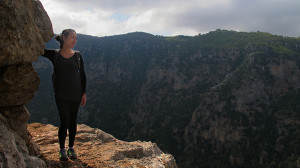
That is the renaissance that locals like Jamil hope will bloom once the latest proxy crisis ends. Jamil has lived through all of Lebanon’s recent travails, including the civil war. The violence has exacted a price from his family: in the living room of his home is a photo of a slain nephew, a rose placed before the frame. Yet Jamil remains a staunch advocate of visiting Lebanon, waving off any security concerns. He dismissed the dangers that the waiter in Hong Kong had warned me about, furious at what he viewed as foolish and irresponsible remarks by a fellow countryman. When I told him I planned to visit Baalbek, he told me not to worry: “The closest you’ll get to Hezbollah is someone trying to sell you a T-shirt.”
Then and now, when I think of Lebanon, I don’t think of war. What comes to my mind is that beautiful shade of Mediterranean blue, the pristine silence of the mountains, the delicious apple I picked from a tree while camping with some new friends above the village of Hasroun. In a country renowned for war, I found peace.
Alexis Lai is a journalist based in Hong Kong. Her work has been published by CNN.com, the Wall Street Journal, and Radio Television Hong Kong, among others. Raised in Canada, she has lived in six countries and traveled in more than twenty. Twitter: @alexisklai Site: http://www.about.me/alexislai
- Follow us on Twitter: @inthefray
- Comment on stories or like us on Facebook
- Subscribe to our free email newsletter
- Send us your writing, photography, or artwork
- Republish our Creative Commons-licensed content

